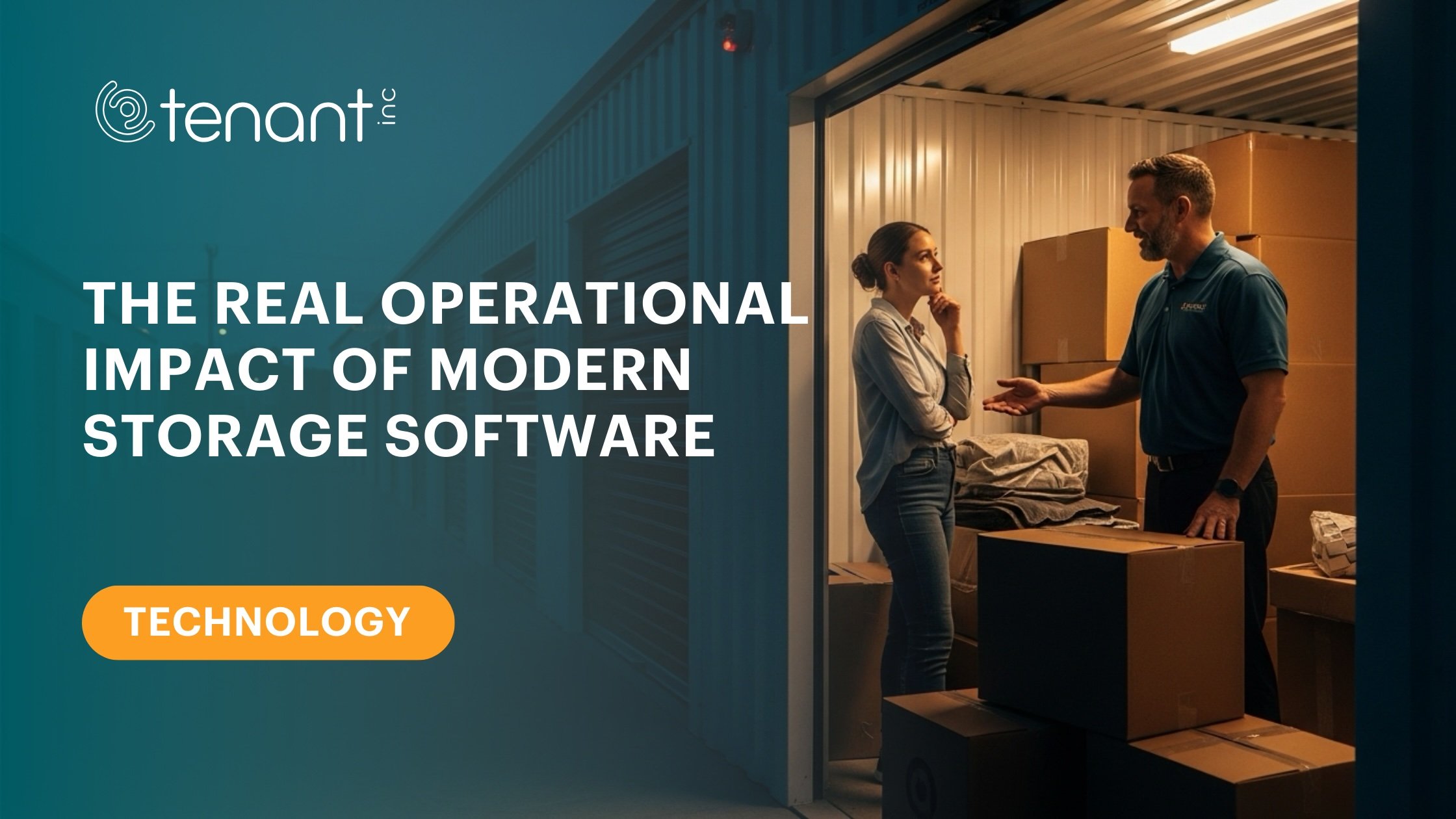Self storage is a robust industry that, even during economic downturns, does well as people downsize their homes and need somewhere to keep their extra stuff. It also does well during booming times when people purchase more and need room for their old things.
Forbes covered this in an article titled A Look At Self-Storage Growth Trends Now And Post-Pandemic. One fascinating data point for anyone looking to enter the self storage industry is this: the industry was worth $87.65 billion in 2019, and by 2025, it’s expected to hit $115.52 billion.
If you want to get into this rich market, here’s how.
Research the Market
You’ll want to stay well informed, and to do that you’ll need to follow industry publications such as Inside Self-Storage for self storage news and events; Mini Storage Messenger for more news and useful tools such as the Self-Storage Almanac; and the Self Storage Association for trade journals such as Self Storage Association Magazine.
Our website, of course, can also be a valuable resource.
Some aspects of the industry you want to research include:
- How much other companies charge for units
- If the market is saturated or is there’s high demand for storage
- How much it will cost to purchase land and build a facility
This will tell you how much you should charge for unit rent, what types of units are in demand, if your local market is ready for additional self storage or if you should look elsewhere, and how much revenue you need to acquire.
How can you tell if units are in demand? If local sites that have been around for a few years are 70% or less occupied, then this is a market to avoid. Higher occupancy rates means higher demand.
Also, research self storage facility builders. GeneralContractors.org lists dozens of companies that build facilities, but we encourage you to do your own Google search, too.
Remember that self storage is part of the real estate industry. When you run a self storage business well, it’s an especially profitable sector.
Define Your Goal
What do you want to get out of owning a self storage business? Do you want to work part-time? If so, you’ll need to hire additional staff and managers so that you can oversee the operation for about 20 hours a week. If you want to be more hands-on, you can work full-time and even live on the property. An onsite, live-in manager is an advantage fewer storage facilities have these days. Other businesses have gone the complete opposite route and begun transitioning to a remote management structure (we’ll cover this in another blog).
Do you want to run a single facility, or expand your business so that you run many all over your city and beyond? Once you get your first facility going, you’ll have a better idea of how to open new facilities elsewhere.
Since you’ll compete with larger storage businesses, consider joining the Storelocal coop. This coop brings together many small and medium-sized storage businesses and together to have the purchasing power of the big players.
Figure Out Your Start-up Costs
Let’s talk about start-up costs and ongoing costs.
Start-up costs are the expenses you incur to start your business. They include purchasing land where you’ll have a facility built, or purchasing an existing facility, initial website expenses, and early promotions.
Ongoing costs include mortgage, payroll, supplies, maintenance, ongoing marketing, and so on. Once you know your starting costs, you’ll know how much money you’ll need to secure.
Write Your Business Plan and Marketing Strategy
Next, write a business plan and a marketing strategy. If you don’t know how, we suggest taking an affordable online course, such as through Udemy or Coursera.
Attending trade shows can also be a way to fast-track your business education. The 2nd Annual Self Storage Income event is coming up soon (Sept. 20-23) and it’ll not only be full of educational tracks, but will also offer plenty of opportunities to network and learn about the people who are revolutionizing this industry.
Your business plan and marketing strategy should include how you will get into the market (market penetration), how you plan to reach your customers (communication strategy), and how you plan to grow your business (growth strategy).
For the business plan itself, look for business plan templates online. A Google search will even show you templates specifically for self storage startups.
You’ll need to include:
- Objectives
- Summary with type of business, size, location, ownership
- Services you’ll offer
- Market analysis summary
- Marketing implementation strategy
- Summary of management structure
- Mission statement
- Detailed financial plan covering the first few years of operation
- Approximately where your facility will be
A detailed, well-researched plan will help you find financial backing.
Acquire Financial Supporters
There are various types financial supporters. For example, you can get loans or bring in investors. Keep in mind that investors will own part of your business.
Sources include:
- Banks
- Private investors
- Venture capitalists
- Private equity investors
- Angel investors
- Small business lenders
Banks and other lenders give out loans to those who they believe will be able to pay the loan back with interest, so a solid business plan will go a long way toward securing money from these sources. Private investors expect to make money off their partial ownership of the business as it grows. You may turn their initial investment into stocks at some point, which they can later sell.
Some places to find investors include LinkedIn, AngelList, networking at industry events, and Angel Investor Networks.
Secure Your Storage Facility Location
Once you have secured funding, it’s time to secure and purchase your storage location. The area should be accessible to the public and zoned for businesses. Sometimes you can purchase an existing facility, while at other times you’ll need to have one built on new land. We mentioned earlier that you should research self storage builders. Now’s the time to hire one.
Keep records of everything you do for your business and follow the tax laws to the letter. You may need various licenses, so research what those are and acquire them. The Small Business Administration can help with this, or you can hire a lawyer who specializes in small businesses.
It’s important to establish an online presence, so create your business website. We suggest hiring a professional to do this for you. Storelocal members get a website based on our professional template.
Your website needs to include information about what your facility and what it offers, including unit sizes and prices, whether you have climate controlled units, and so on. Allow tenants to rent units from your website and pay their monthly rent online. Once your site is built, submit it to various self storage directories.
Market Your Business
To market your business, you need to contact your customers. These days, the most effective ways include mailers, fliers, SEO, PPC, and social media posts. Those will help make them aware of your facility. On your website, you should have a blog with interesting, storage-related topics.
We also suggest you start a mailing list. Use it to inform your customers about deals, events, and more.
Tenants and potential tenants will have questions, so be prepared to answer them over the phone, online, or in person. Hire friendly workers who have good phone and conversational skills.
When your facility is doing well and making a profit, it’s time to consider expanding. You can expand to another location, but you can also optimize your business before growing your portfolio by adding technology to your operations.
Technology such as property management software can automate your day-to-day operations, and a modern website allows you to rent to customers online so your doors always stay open. (We offer both of these services, and we think our offerings are among the best out there)
Of course, if you want only one facility that’s up to you, but adding new locations increases your company’s income potential. After going through opening and running one facility, you’ll have an easier time with the second one.
We hope we’ve given you plenty of resources and information to help you get started. Entering the self storage industry can offer you a path to financial success but it can feel daunting in the beginning.
Finding the right partners, however, can help it feel much less daunting, and it so happens that we think we’d make great partners to any storage operators entering the business.




%20(1).png)